Articles
Commentary
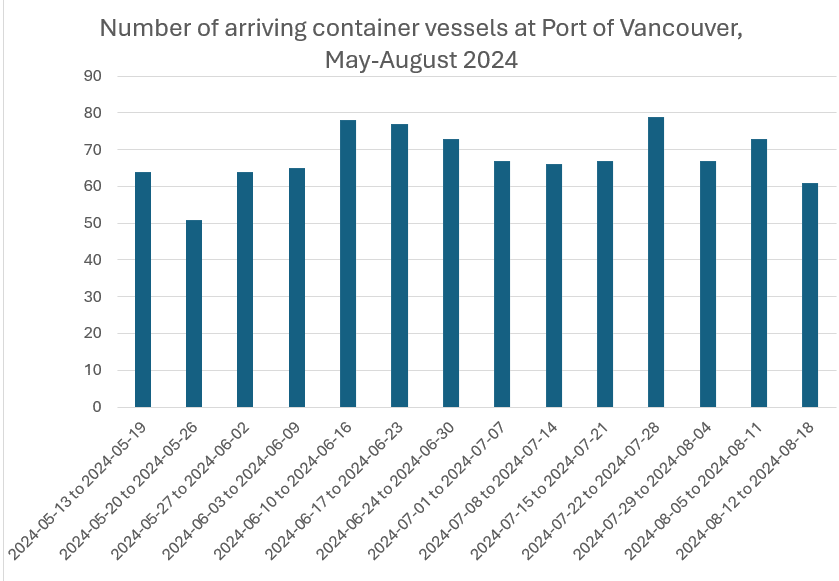
Canada Rail Lockout: Will Container Ships Be Diverted?
Will container ships divert to alternative ports in the United States with the worker lockout at Canada’s two big railroads? Here’s the immediate forecast:
Read More
The New Retail Equation: Better, Not Bigger?
In this new retail landscape, companies that innovate and adapt by refining their operational models to be more agile and responsive will be best positioned to thrive.
Read More
How to Become an Employer of Choice
While millions of federal dollars are being poured into rebuilding America’s manufacturing sector, top talent is tough to find and keep.
Read More
The Power of Regionalizing Inventory
Regionalizing inventory and spreading stock across multiple locations near consumers can help mitigate rising shipping costs, expedite delivery, and drive a better consumer experience.
Read More
Wholesale Distributors Put AI to Work
Looming above all the day-to-day business pressures that wholesale distributors face is one overarching strategic imperative: Find ways to grow profitably—without increasing staffing levels. To meet that challenge, companies must attack it from multiple angles.
Read More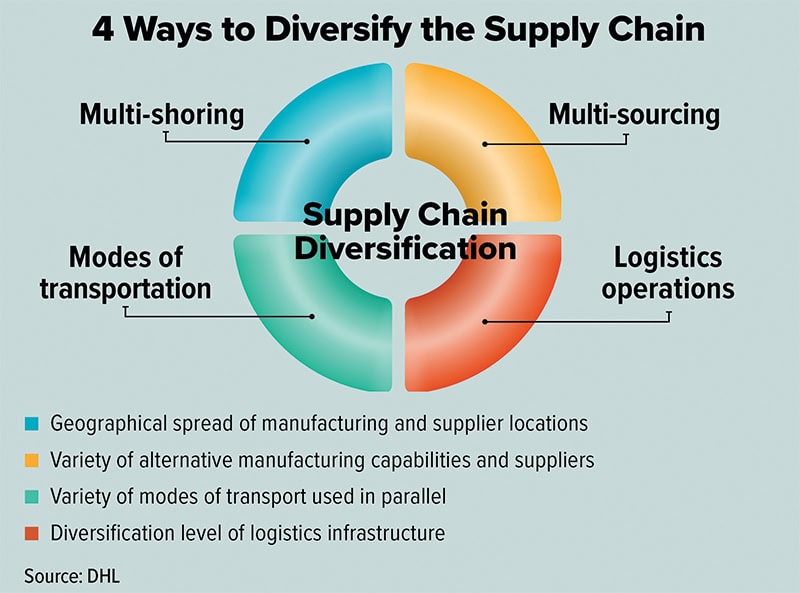
What’s the Word? The Language of Logistics
What are the components of supply chain diversification? What’s the difference between GenAI and general artificial intelligence? Here are explanations of some oft-used but not often well-defined supply chain terms.
Read More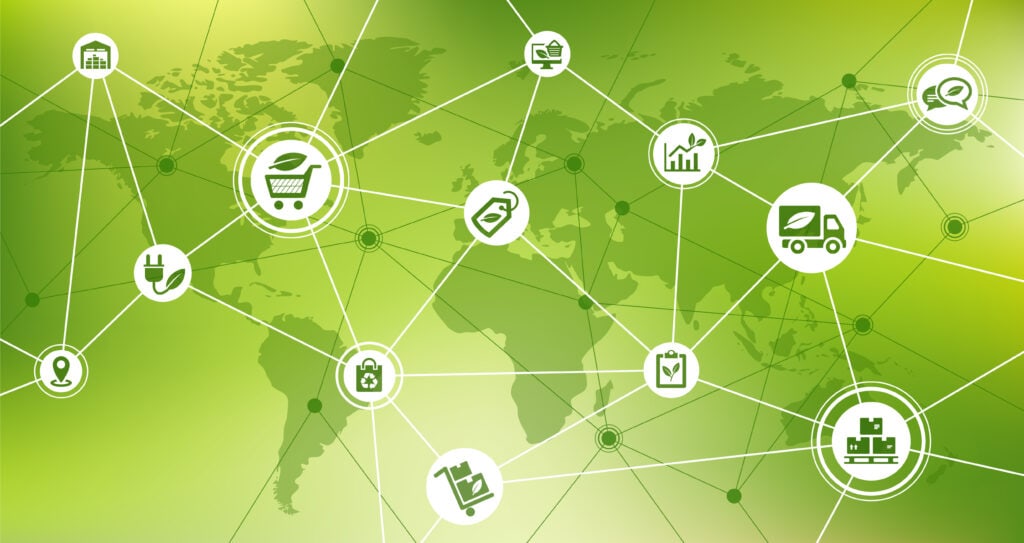
How to Build a Sustainable Supply Chain
Climate change, resource depletion, and social inequality are pressing issues, making sustainable supply chains increasingly important. By adopting sustainable practices, businesses can reduce their carbon footprint, conserve natural resources and promote social equity while cutting costs through improved efficiency and reduced waste.
Read More
Increasing Efficiency with Third-Party Transportation
Working with 3PLs can bring challenges, including coordination issues and the need for precise planning and execution. Technology solutions can overcome these obstacles by enhancing coordination between stakeholders.
Read More
6 Steps to Diversify Your Carrier Portfolio
2023 was one of the most disruptive years in supply chain history… except that it really wasn’t. Even with the UPS/Teamsters negotiations, Convoy unexpectedly going out of business, and Yellow declaring bankruptcy—to name just a few—this level of supply chain disruption is starting to feel like Life.
Read More
4 Ways AI Provides Meaningful Impact
In transportation and logistics, the basis for impactful utilization of the full scope of AI capabilities lies with access to and understanding of data, which often is trapped in paper and manual processes.
Read More
What Supply Chain Practice or Belief Would You Declare Dead ?
Is just-in-time no more? Time to put globalization norms to rest? Our readers share the supply chain practices that should be deemed defunct and the strategies that are approaching obsolescence.
Read More
Modernizing U.S. Infrastructure
In a strategic effort to invigorate the foundation of the nation’s supply chain, President Biden’s 2025 fiscal year budget initiative marks a substantial commitment to modernizing U.S. supply chain infrastructure. By prioritizing the enhancement of highways and ports, this initiative directly tackles longstanding infrastructure challenges.
Read More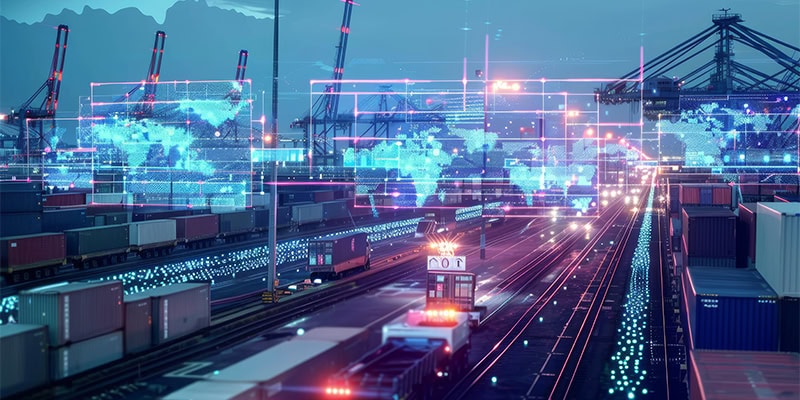
Is Your Enterprise Flexible Enough To Scale?
Scalability is important. In this annual Third-Party Logistics edition, you will find partners and resources to ensure your enterprise is flexible enough to scale.
Read More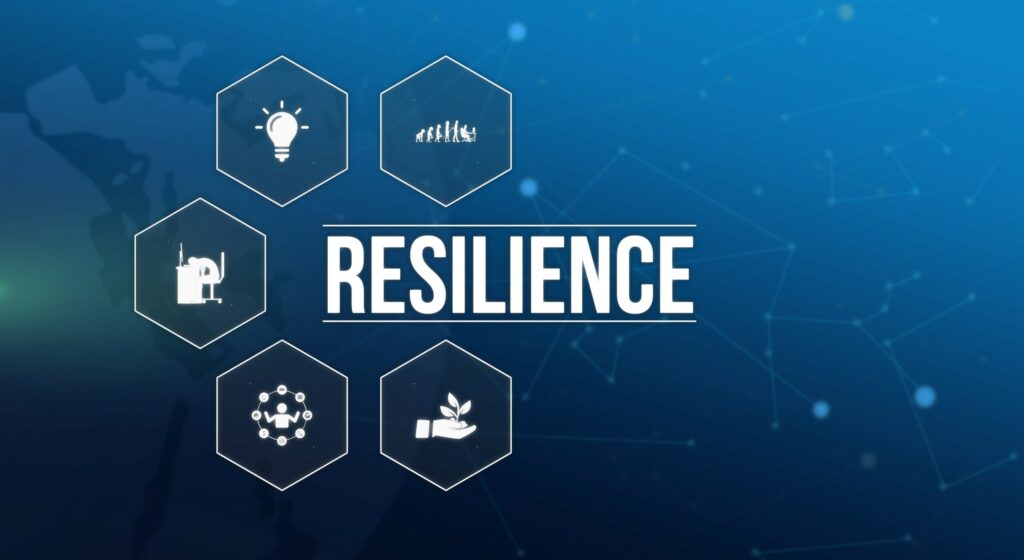
How to Develop an Agile Supply Chain
Businesses need to prioritize building supply chain strategies that can effectively navigate today’s increasingly volatile environment marked by supply chain disruptions, geopolitical tensions, and ever-changing consumer demands. Agility, resilience, and outside-the-box thinking have become critical to protect the customer experience—and the bottom line.
Read More
What Grade Would You Give Brands on Reverse Logistics Operations?
I would give a range of grades from A to F for how brands are handling reverse logistics. There is still a lot of variation in this area—from consumer spending to B2B direct spend. A stellar reverse logistics program can lower the bar to buy. It’s so much easier to make a purchase decision when you know you can send the product back if needed, with no hassle. This is an area for improvement.
–Doug DeLuca
Product Marketing Manager
SAP Business Network, SAP

Tips for Closing the Visibility Gap
With modern supply chains being so intricate and involving numerous stakeholders, maintaining full visibility is becoming increasingly challenging. However, many businesses operate with fragmented and legacy systems where data lives in different silos and across different platforms. This lack of integration makes it difficult to track and monitor the entire supply chain in real time.
Read More
Are We Ready for Fully Digital BoLs?
While the advantages of electronic bills of lading (eBoLs) are clear, several hurdles—complex implementation, legal concerns, and a reluctance to let go of established processes—hamper its adoption.
Read More
What Can Rail Shippers Expect?
The rail industry finds itself at a critical juncture, poised for transformative progress that extends well beyond individual companies. Building on the progress freight rail companies made in 2023, this year holds the promise of a secure future marked by reliability, resilience, and commitment to sustainability.
Read More
Are Supply Chain Managers Running the Company?
Supply chain managers are playing a greater role in directing company operations and creating shared enterprise value as silos between suppliers and customers start to come down. Technology plays a part in opening those pathways because it cuts across company barriers. Third-party logistics (3PL) providers promise to do the same by cutting across inter-company barriers […]
Read More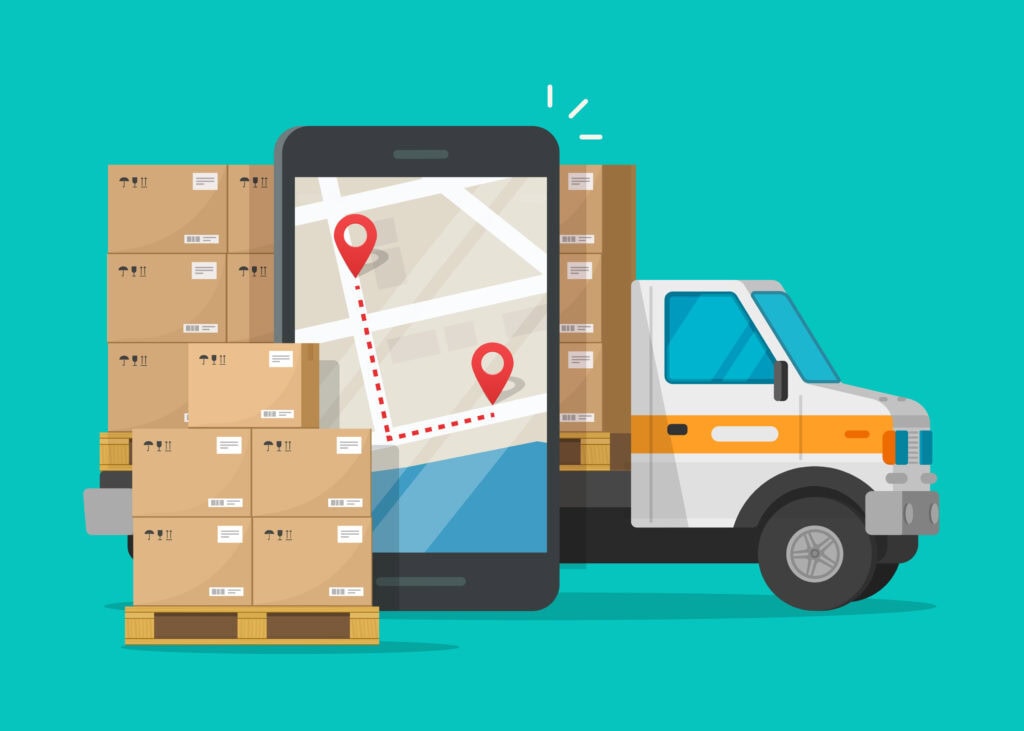
Revolutionizing Local Delivery: The Future of Multi-Store Order Fulfillment
Implementing new shipper types for business deliveries, optimizing capacity, and adopting an income model based on stops are key strategies in reshaping last-mile delivery services.
Read More